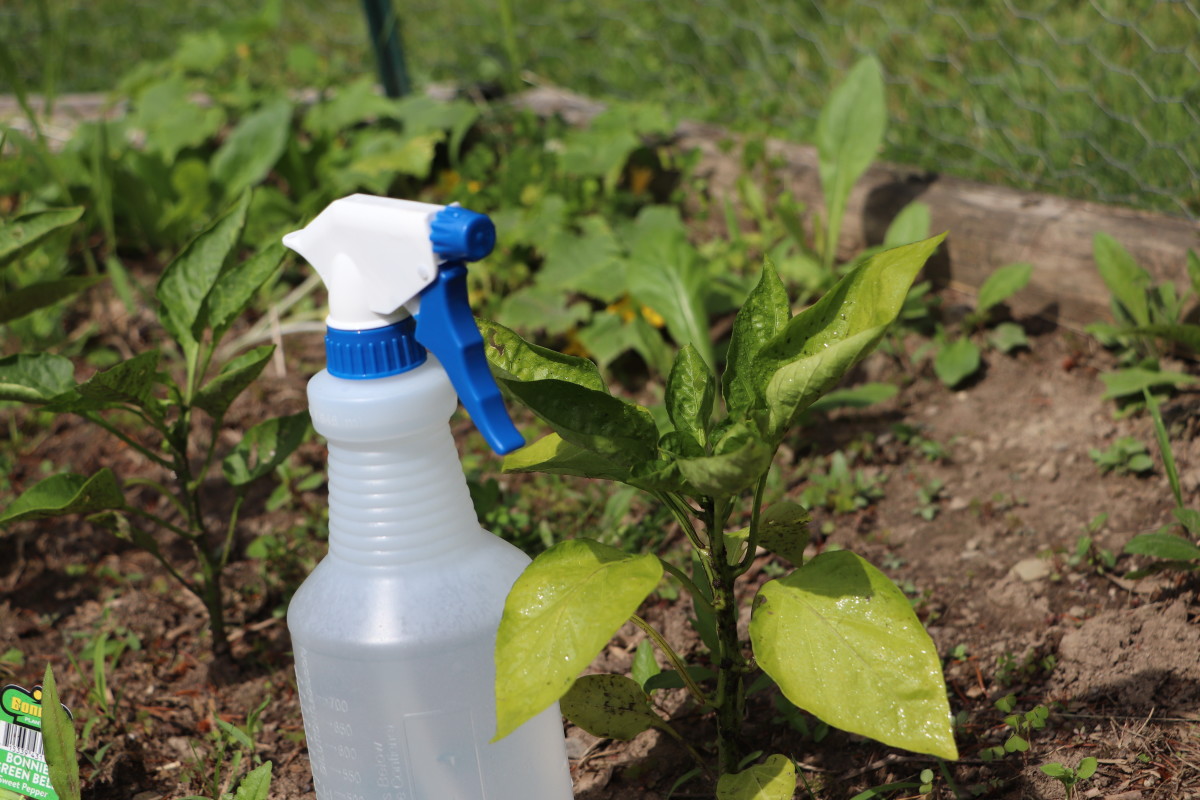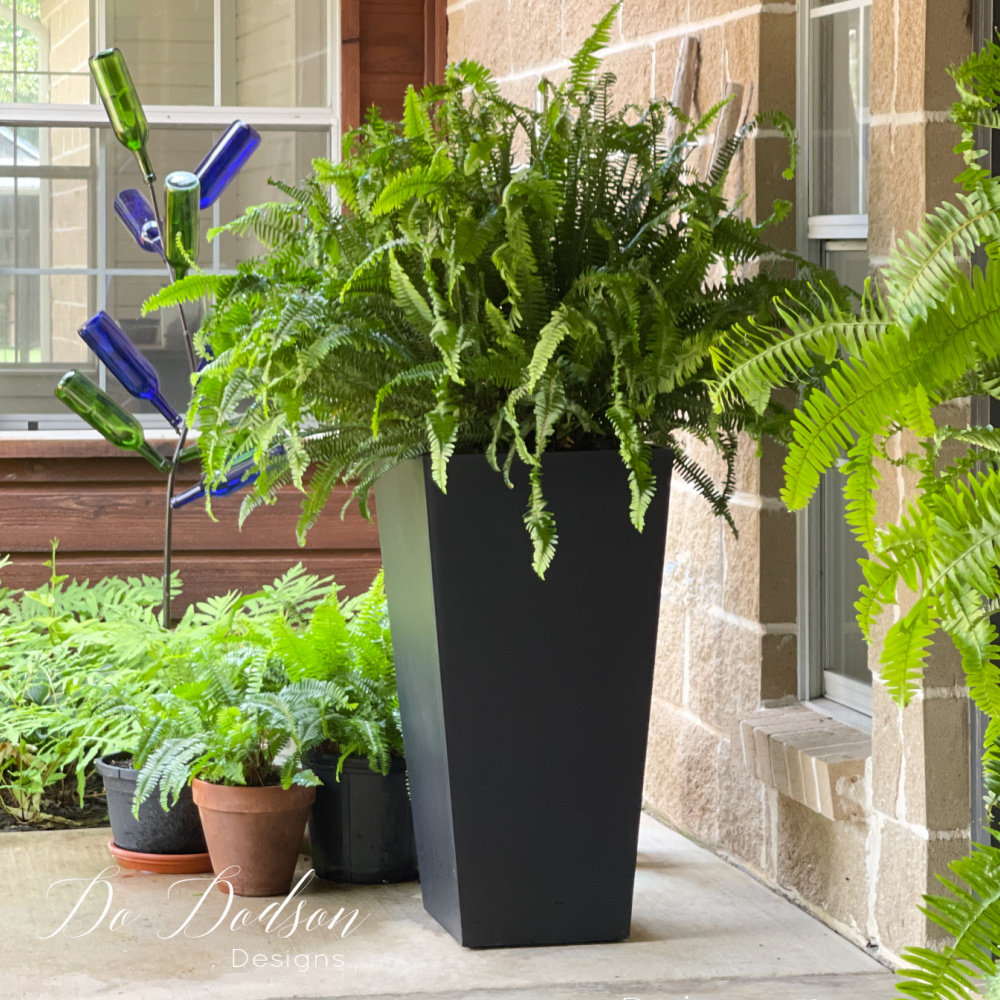What Plants Don't Like Epsom Salt as well as Their Alternatives
What Plants Don't Like Epsom Salt as well as Their Alternatives
Blog Article
Learn More About the Specific Plants That Are Adversely Impacted by Epsom Salt Application
Epsom salt, a popular home solution for different gardening concerns, is usually applauded for its advantageous impacts on plant development. Comprehending the certain plants that can be adversely affected by Epsom salt is critical for any type of garden enthusiast looking to enhance their plant treatment routine.
Roses

Roses, particularly sensitive to changes in their setting, can be adversely impacted by the application of Epsom salt. While Epsom salt is frequently used as a fertilizer to advertise plant growth and boost blooming, roses are among the plants that do not respond well to its application. The high magnesium content in Epsom salt can disrupt the uptake of other vital nutrients by the rose plants, causing deficiencies that manifest as yellowing leaves or stunted growth.

Tomatoes
While Epsom salt is commonly touted as a treatment for different plant issues, consisting of blossom end rot in tomatoes, its application can lead to harmful outcomes if not used sensibly. Extreme Epsom salt, which is magnesium sulfate, can interfere with the delicate nutrient balance needed by tomatoes, potentially leading to deficiencies in other necessary nutrients like calcium. When thinking about the use of Epsom salt on tomatoes, it is critical to adhere to advised application prices and soil screening to prevent unexpected consequences on the total health and wellness and performance of these cherished yard plants.
Peppers
Peppers, admired for their different colors and degrees of spiciness, can show susceptibility to unfavorable impacts from Epsom salt when not used with care and factor to consider for their particular dietary demands. what plants don't like epsom salt. Peppers, belonging to the Solanaceae household, require a fragile equilibrium of nutrients to prosper. While Epsom salt is known to boost magnesium degrees in plants, extreme application can interrupt this stability, resulting in adverse results on pepper plants
When peppers are exposed to high levels of magnesium from Epsom salt, it can disrupt the plant's capability to soak up various other vital nutrients like calcium and potassium. This discrepancy may show up in signs such as leaf discoloration, stunted growth, and minimized fruit manufacturing. In addition, the extreme magnesium can alter the dirt pH, further exacerbating nutrient uptake problems for peppers.

Rhododendrons
Provided the sensitivity of certain plant species to inequalities triggered by Epsom salt, it is crucial to think about the influence on Rhododendrons, which also call for details nutrient levels to prosper. Rhododendrons are acid-loving plants that prefer acidic soil problems with a pH array between 4.5 and 6.0. Epsom salt, chemically referred to as magnesium sulfate, can alter the soil pH and disrupt the delicate equilibrium of nutrients vital for Rhododendron wellness.

To keep the ideal development and health and wellness of Rhododendrons, it is critical to prevent the indiscriminate use Epsom salt and rather concentrate on offering the details acidic dirt problems and nutrients that these plants need for thriving.
Azaleas
These prominent flowering plants are commonly discovered in parks, gardens, and landscapes due to their beauty and adaptability. While Epsom salt is frequently used as a solution for magnesium deficiency in plants, its application to azaleas can have unfavorable impacts.
Azaleas favor somewhat acidic soil conditions, and an extra of magnesium from Epsom salt can interrupt this balance, leading to nutrient imbalances and possible poisoning issues. The incorrect application of Epsom salt can result in stunted growth, yellowing of fallen leaves, and overall decline in the wellness of azaleas.
Final Thought
To conclude, it is essential to be knowledgeable about the certain plants that can look at here be negatively influenced by the check this site out application of Epsom salt. Roses, tomatoes, azaleas, peppers, and rhododendrons are some instances of plants that may not take advantage of Epsom salt and can also endure harm. It is crucial to research study and understand the needs of each plant types prior to making use of Epsom salt as a fertilizer to ensure their health and well-being.
Comprehending the specific plants that can be detrimentally impacted by Epsom salt is critical for any type of gardener looking to maximize their plant treatment routine. While Epsom salt is frequently used as a fertilizer to advertise plant growth and improve flowering, roses are one of the plants that do not react well to its application.Too much usage of Epsom salt can also result in a build-up of salts in the soil, leading to root damages and dehydration of the rose plants. While Epsom salt is recognized to enhance magnesium degrees in plants, extreme application can disrupt this equilibrium, leading to unfavorable results on pepper plants.
The high salt web content in Epsom salt can likewise dry out Rhododendron origins, creating more stress and anxiety and damages to the plant. (what plants don't like epsom salt)
Report this page